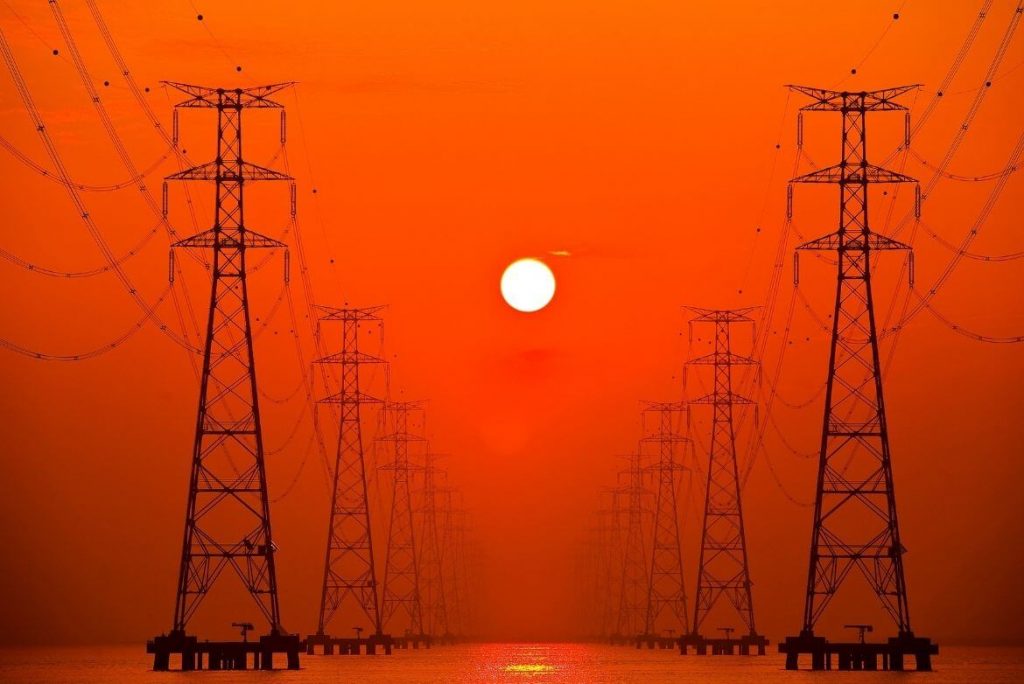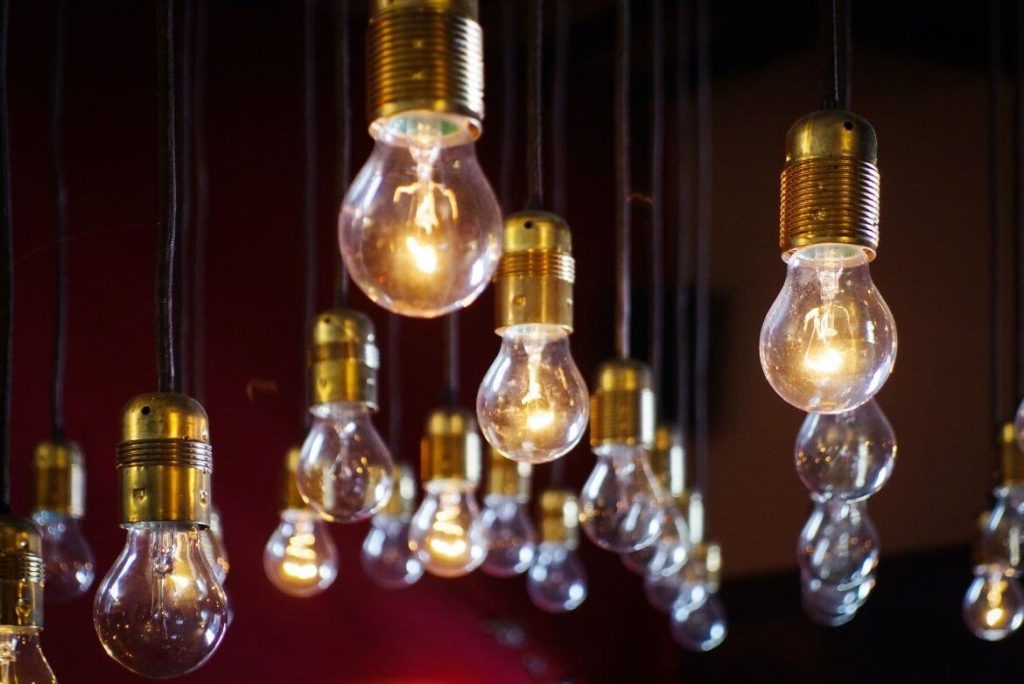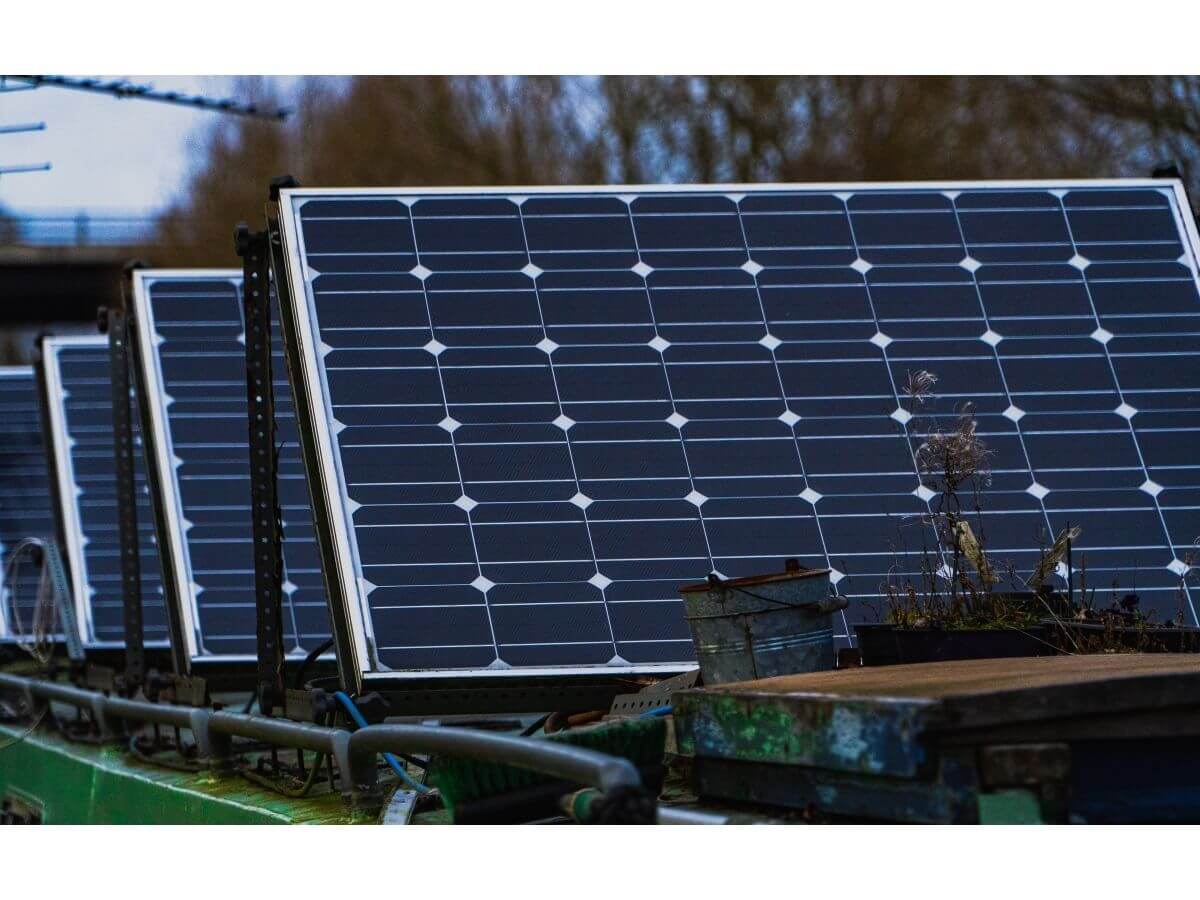Monocrystalline photovoltaic panels consist of monocrystalline cells. Each monocrystalline panel is constructed from a cylindrical ingot of silicon, which in turn is made of a single, pure silicon crystal like any other semiconductor. Since each cell is composed of a single crystal, electrons have more space to generate energy.
Performance of Monocrystalline Photovoltaic Panels
Monocrystalline photovoltaic panels have the highest efficiency and capacity to produce electricity among all three types of panels. Their efficiency in converting solar energy into electrical energy ranges between 15% and 20%.

As mentioned earlier, their performance is the result of cells that are made up of a single crystal of pure silicon. Therefore, the cells require less space to produce a certain electrical power.
Thus, fewer monocrystalline panels would be needed than polycrystalline panels in a solar system to generate the same amount of electrical power. This is one of the reasons why some prefer monocrystalline panels, especially if they have limited space on the roof of their house.
Other characteristics of monocrystalline photovoltaic panels include:
- The photovoltaic cells in these panels are distributed in a pyramid shape, providing a larger surface area to collect sunlight rays.
- The upper part of each panel contains phosphorus, creating a negative electrical orientation compared to the lower part, which has a positive orientation. This way, an electric field is created.
- To reduce the reflection of sunlight rays and increase their absorption level, the monocrystalline cells are covered with a layer of silicon nitride.
- The electricity produced is collected through metal conductors, present on each individual cell.

Advantages and disadvantages of monocrystalline photovoltaic panels
Advantages:
- High efficiency, between 15% and 20%;
- It requires a smaller area compared to the other panels;
- They have a lifespan of up to 25 years;
- It has a higher resistance to heat;
- They are more efficient than other types of panels in less sunny areas.
Disadvantages:
- Their price is higher compared to the other types of panels;
- Their performance tends to suffer at rising temperatures;
- A lot of raw material is lost to make them.
